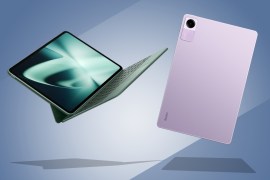Honor Magic V3 review: inconceivably thin – the phone that makes having a foldable feel fine
The Honor Magic V3 will change how you think about foldable phones - it certainly did that for me...

Stuff Verdict
A foldable phone that makes owning a foldable phone feel normal – the Honor Magic V3 is a superb-feeling phone that’s almost unbelievably thin. And the rest of the hardware is top notch, too
Pros
- Superb design and lightweight build
- Great all-day battery life
- Decent set of cameras
Cons
- It’s still expensive compared to standard flagships
- MagicPortal still needs work
- Multitasking not as good as OnePlus
The foldable phone market has been shaken up yet again. It really does feel like we’re getting to the stage where foldable phones are not only great to use, but you can fully live with them.
Our current faves are plentiful. There are three great superb foldables at the top of our list at the moment; the year-old OnePlus Open, the recent Samsung Galaxy Samsung Galaxy Z Fold6 and even more recent Google Pixel 9 Pro Fold. Can the Honor Magic V3 join the party?
The Magic V3 was originally announced in China in July and was given a European reveal at IFA 2024. It follows up the Magic V2 which we gave a four-star review to. We liked that phone but it wasn’t using the very latest hardware and there were other compromises too. I don’t think it’s much of a spoiler alert to say that the same mistakes haven’t been made this time around!
In terms of price, the Magic V3 clocks in at £1699.99. That’s £100 less than the Z Fold 6 and £50 less than the Pixel 9 Pro Fold. So far so good. It’s also the same as the OnePlus Open on paper. However, the OnePlus has a £200 price cut at present, bringing it down to £1499, so that’s the key deal at present.
How we test smartphones
Every phone reviewed on Stuff is used as our main device throughout the testing process. We use industry standard benchmarks and tests, as well as our own years of experience, to judge general performance, battery life, display, sound and camera image quality. Manufacturers have no visibility on reviews before they appear online, and we never accept payment to feature products. Find out more about how we test and rate products.
Design: a new frontier in thin
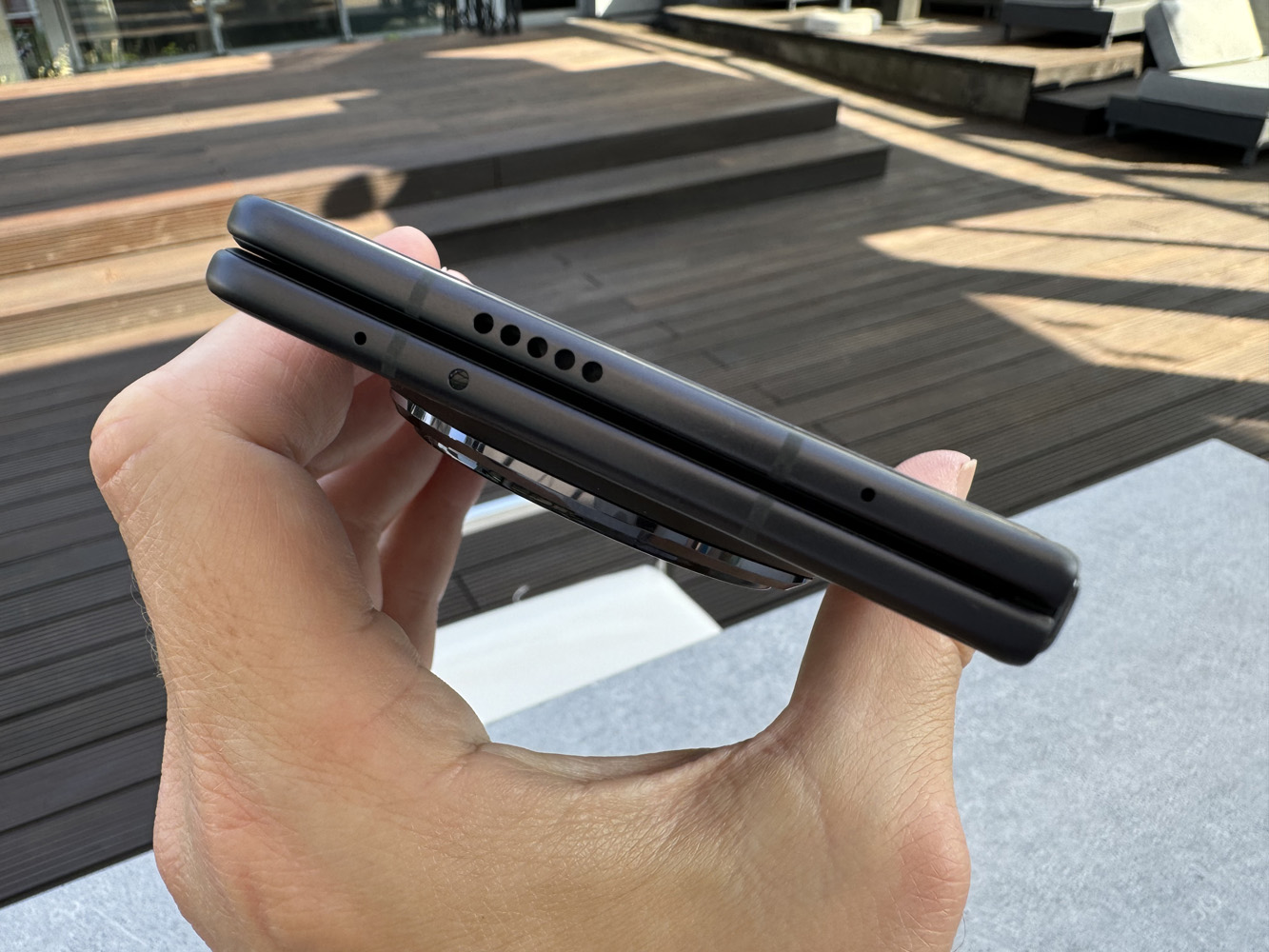
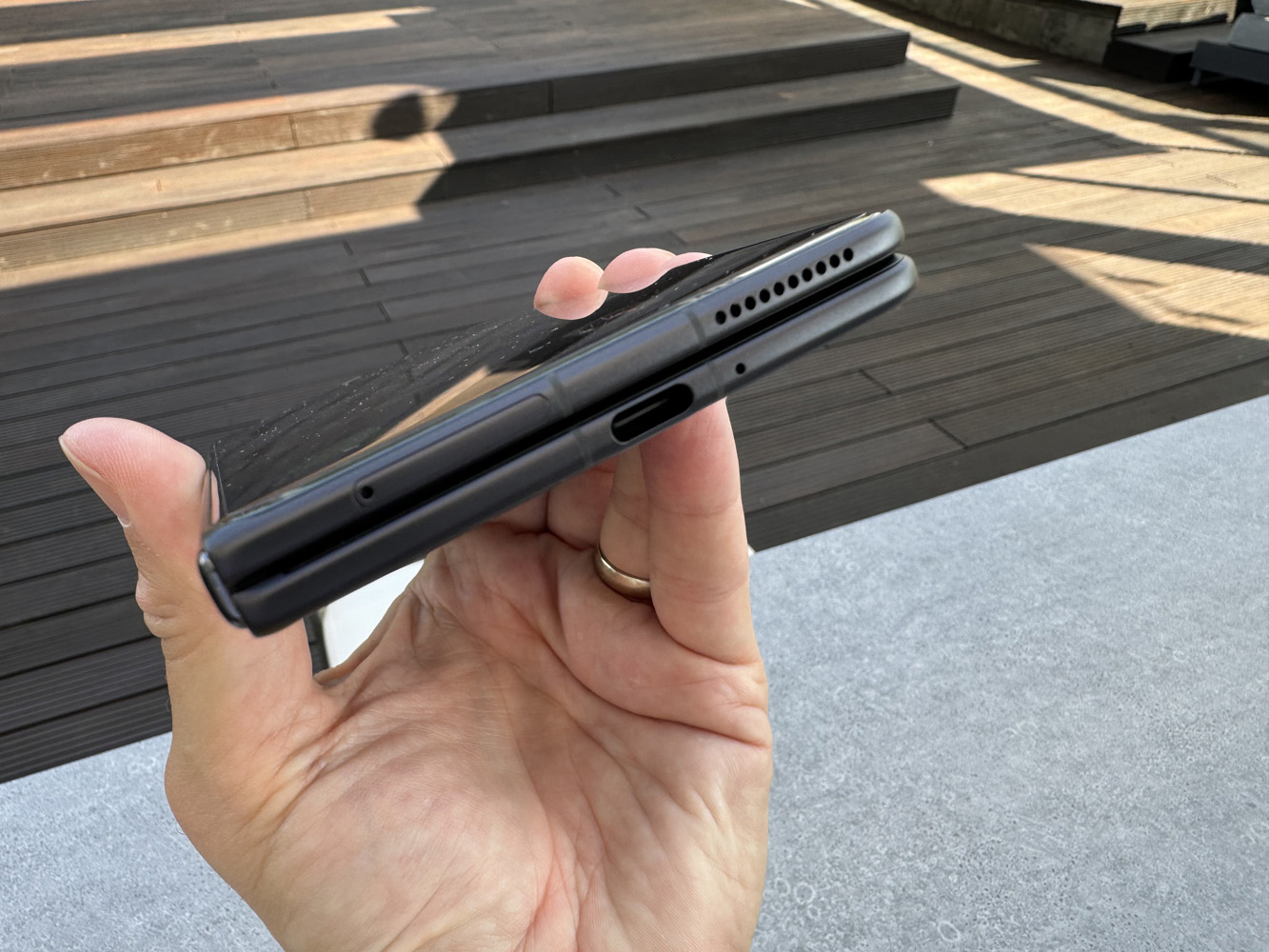
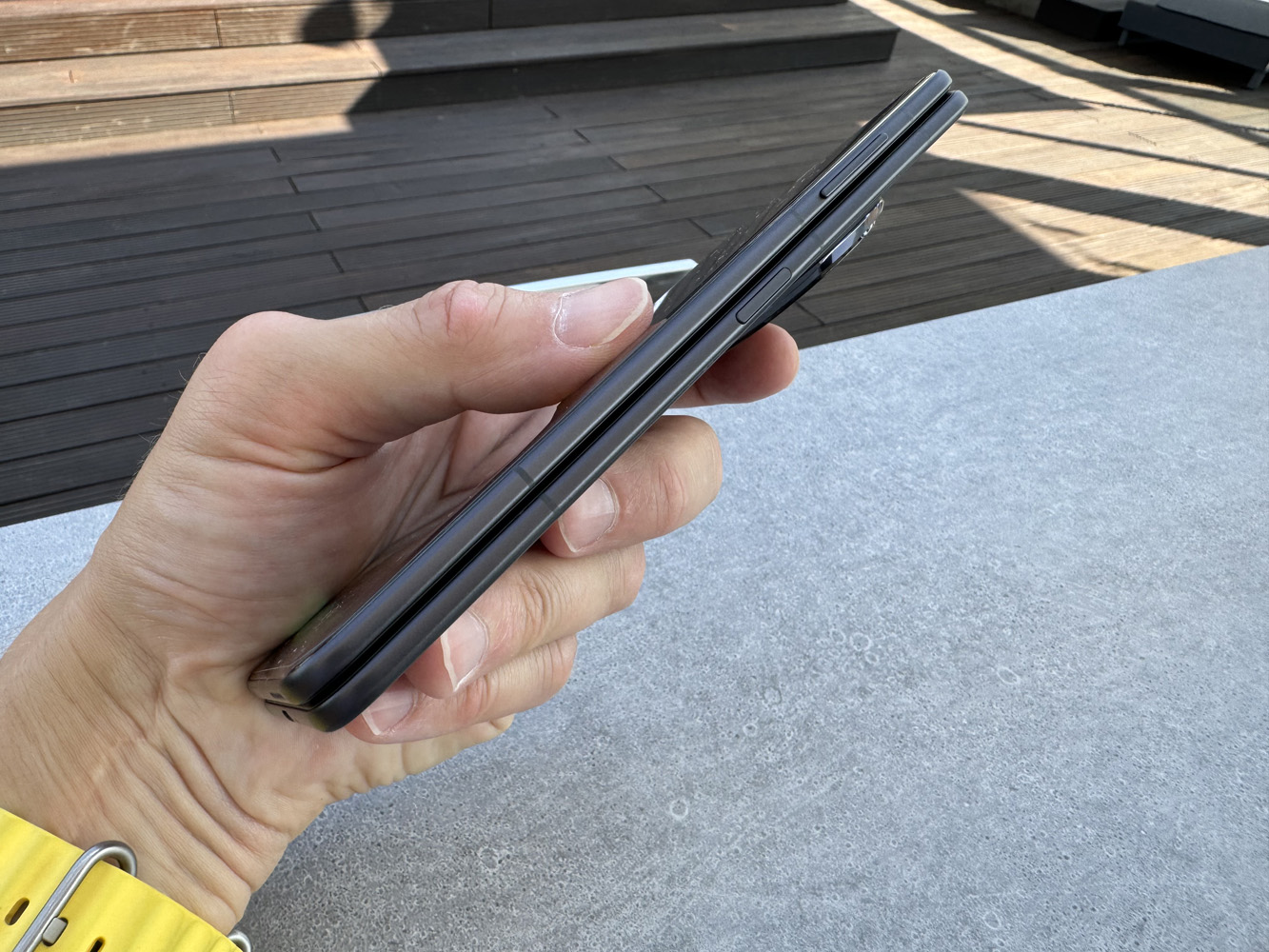
There’s no doubt that the look and feel of the Honor Magic V3 is its key selling point. It’s the thinnest foldable available right now. At 9.2mm thick when folded and weighing 226g, it’s 2.5mm thinner than the OnePlus Open and is 10g or so lighter too. It’s quite an achievement. Everything has been made more lean – for example, Honor says the back cover is 30% thinner than on the previous model. The Magic V2 wasn’t exactly thick at 9.9mm. This is the first foldable we’ve used that feels more like a normal smartphone in your pocket – it just doesn’t feel odd to carry it about or slip it into a bag.
Honor says that it has used 19 different materials and 114 ‘microstructures’ to hold the thing together and resist impacts. Honor says the material used for the frame is twice as strong as steel! Whereas early foldables felt fragile, there’s none of that here – it feels almost as durable as any other flagship phone.
That’s some achievement. It’s worth remembering that foldables have only really been around for five years and while the progress in that time has been rather excellent, it feels like models from the last year have really moved forward in terms of durability and build quality. You can only imagine the amount of development work that went into this. It’s even got an improved water resistance rating of IPX8, meaning it’ll survive a quick dunking. The cover screen is also covered in Honor’s NanoCrystal Shield material to stop scratches.
The rear of the phone has a lovely-feeling matte finish, but if there is a criticism it’s that it isn’t tactile enough and is too slippy. Not much can be done about the front screen being glossy, but I feel that the back needs to be easier to hold. It looks smart though and doesn’t get covered in fingerprints. The cameras are housed in an elegant-looking octagonal camera module which looks premium without any gaudiness – that hasn’t always been the case with Honor phones. The phone is available in three finishes – black, green and reddish brown in the UK (yes, ‘reddish brown’ is an official colour).
The phone is also water-resistant, too, with an IPX8 rating. The Z Fold 6 also has a water resistance rating, but it’s not as good.
Displays: super inside and out
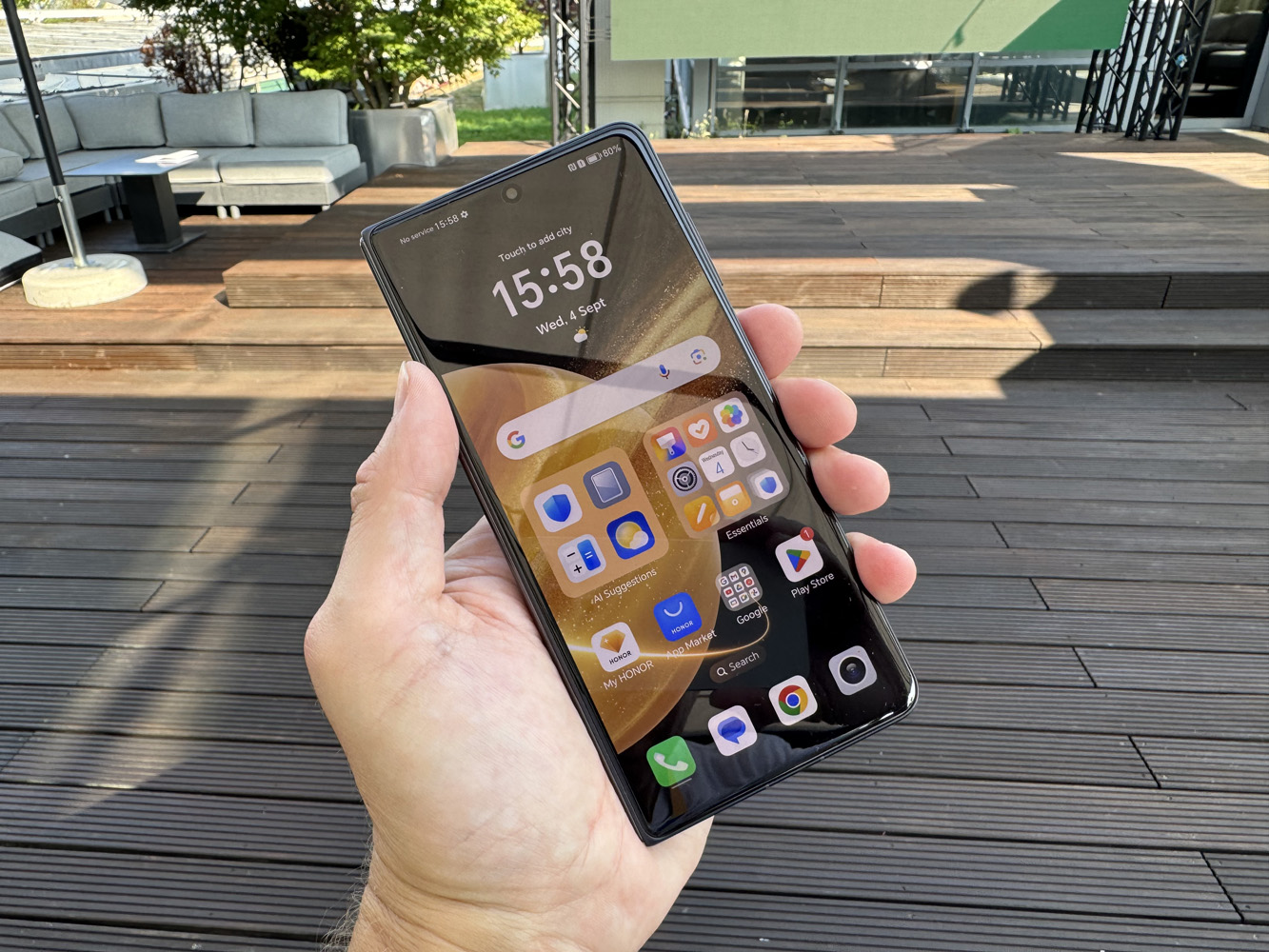
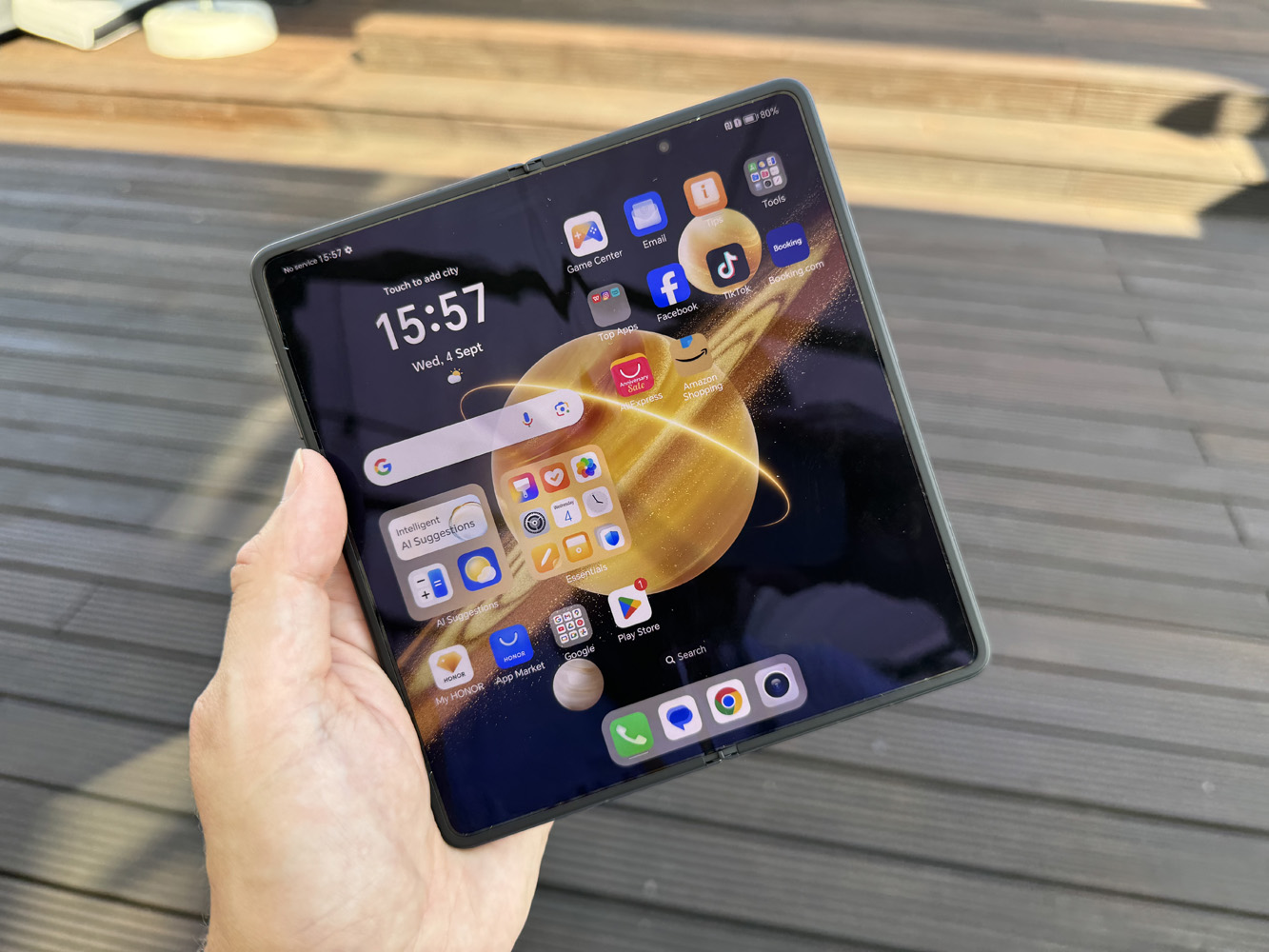
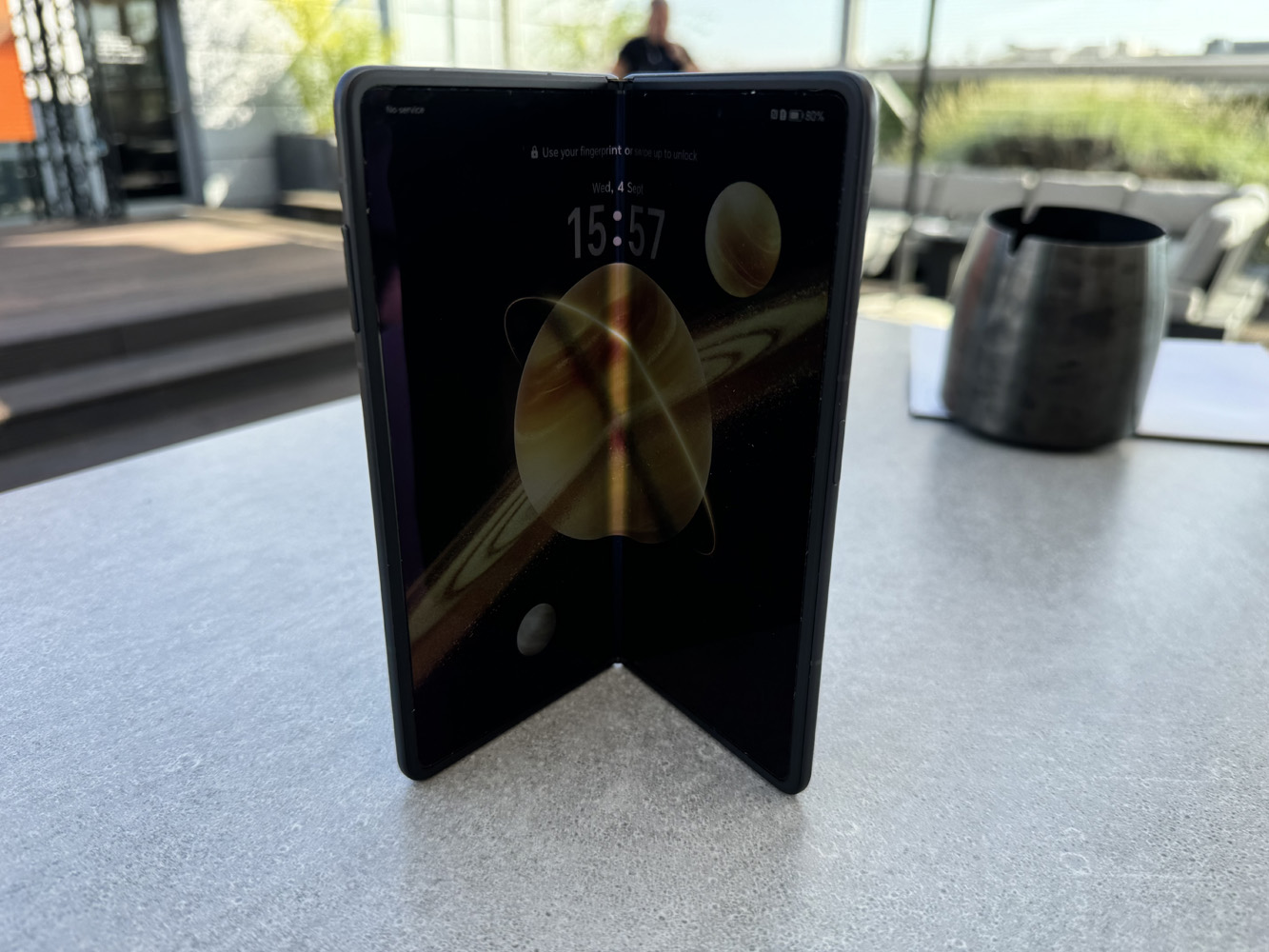
The displays are similar in size to the OnePlus Open and Samsung Galaxy Z Fold6, with 6.43in external display and 7.92in internal screens. `The former is a LTPO OLED, whereas the inside display is AMOLED. Both support Dolby Vision and are capable of up to 120Hz refresh rates.
The 20:9 cover screen is the size of many ‘normal’ candybar smartphone displays. It’s super-bright, with support for up to 5000 nits though you’ll rarely hit those heights. As you can see from our photos of the device, the displays looks great even in a sunny environment. It’s very usable. If you were being super-critical the bezels could be a little narrower, but that really is being pedantic.
The 2.3K 7.92-inch OLED internal display is also pin-sharp, comparable to other foldable models on the market. But it’s the crease – or lack of it – that’s the most appealing to us. When you’re using it normally, you can’t notice the crease and that’s great for reading text on a webpage, for example. You have to tilt it towards the light to see the indentation and even then, it’s not really a distraction. This is comparable with the crease on the OnePlus Open, which is also excellent. Peak brightness clocks in at 1800 nits.
Honor has been talking up the various technologies it is using on this phone to reduce eye strain including AI-enhanced Defocus Eycare tech which you can toggle on. It’s designed to make your reading in the dark much more comfortable.
Performance: top of the class

It’ll be no surprise that the Honor Magic V3 is an excellent performer with Qualcomm’s Snapdragon 8 Gen 3 at the heart of things. Wi-Fi 7 and Bluetooth 5.3 are also supported as you’d expect. The memory and storage are a standard 12GB+512GB.
The 5150mAh battery lasts well and will easily get you through a day. It also doesn’t drain that quick if you’re not using it. 66W wired charging is on board which is rather welcome, comparing well to other foldable phones (OnePlus Open is 67W, for example). Over the next couple of years we’ll see these speeds rise.
If you buy the Honor SuperCharge charger accessory you can wirelessly charge the phone at 50W, but in reality most won’t have this, Wireless charging support still isn’t that normal for foldables, so is very welcome here.
As you’d expect Face Unlock is the primary method you’ll use to get into the phone, though there’s a side-mounted fingerprint reader- though I found this a bit finickity to use, partly because it’s hard to tell if your ringer is properly on it at times.
Cameras: a very decent trio
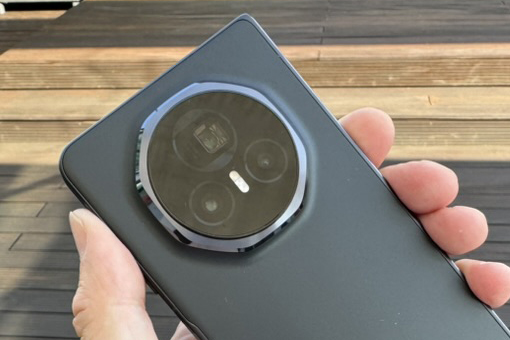
Honor’s Falcon Camera System is a fairly standard premium setup with a 50MP f/3.0 3.5x telephoto with periscope zoom, a 50MP f/1.6 standard wide lens (1/1.56in sensor), and a 40MP f/2.2 112-degree ultrawide.
The telephoto lens is very welcome; this is a must for any flagship phone and even though it’s 3.5x rather than the 5x we’re seeing on many devices, it takes some great shots, especially in situations where HDR comes into its own. The main camera is, of course, the key lens here with that aforementioned large 1/1.56in sensor.
It takes some really superb shots and copes decently in low light where the phone’s night mode comes into its own. Detail could be better though we think – some subjects can occasionally look a little blurry.

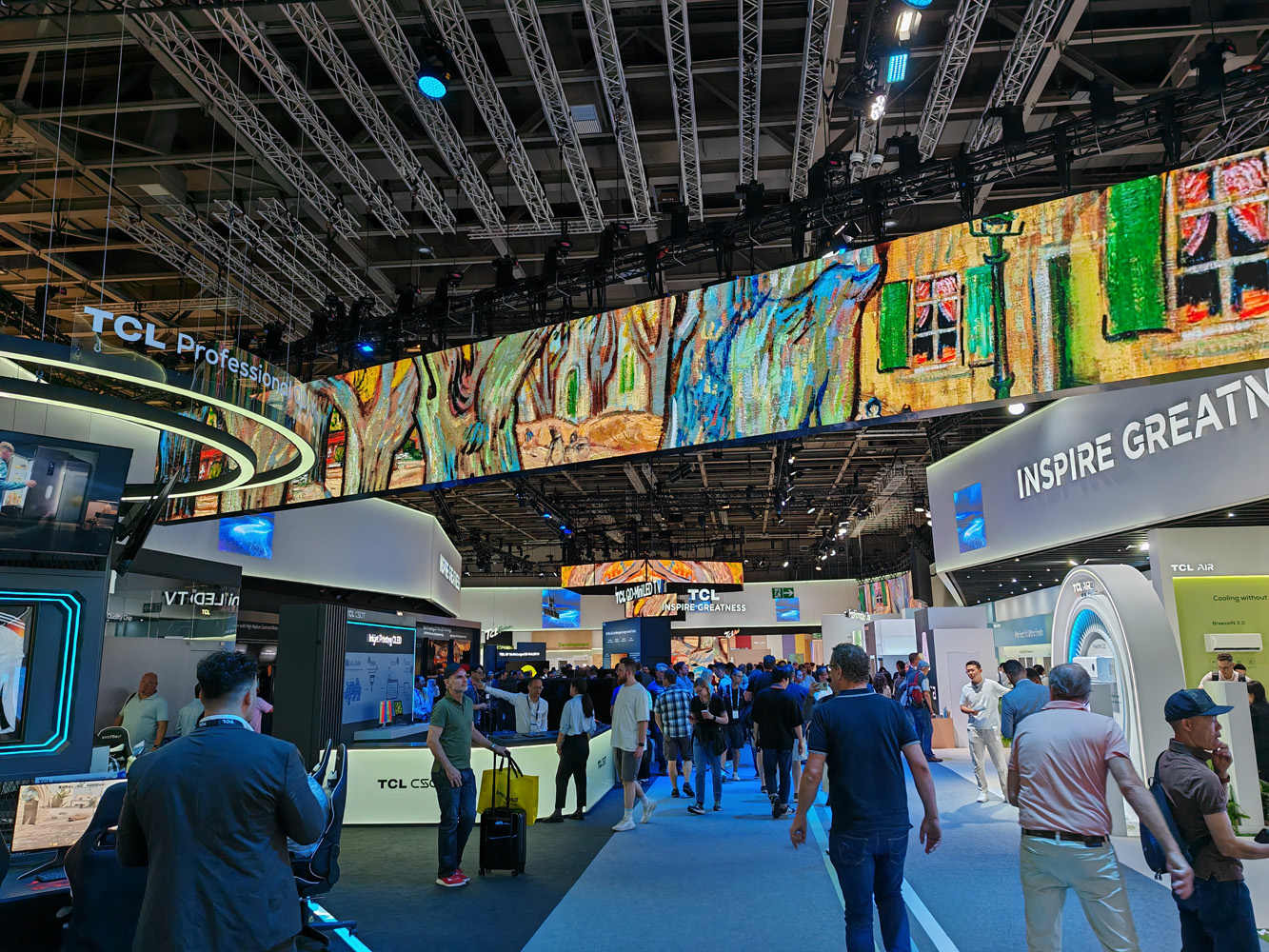








The 50MP 3.5x periscope zoom lens is really great for portrait shots which are given the same Studio Harcourt-enhanced portrait mode that I first saw in the Honor Magic 6 Pro earlier this year. The portraits this produces won’t be to everyone’s tastes – and you can disengage – but I like the variety it gives you. You can digitally zoom to 100x but, as always, this is to be used in emergencies only. Results from these zooms have improved loads but here it’s not great. You’ll need to have it resting on something or on a tripod to get anything resembling OK.











The ultrawide is fine and produces great detail for things like landscapes or streetscapes in bright light. As ever, you won’t use this a lot but it’s more than up to the job when you do.
The selfie cameras are the same 20MP unit for each display – again, these take good quality images and video for video calls and more.
Software: AI-enhanced but needs more work
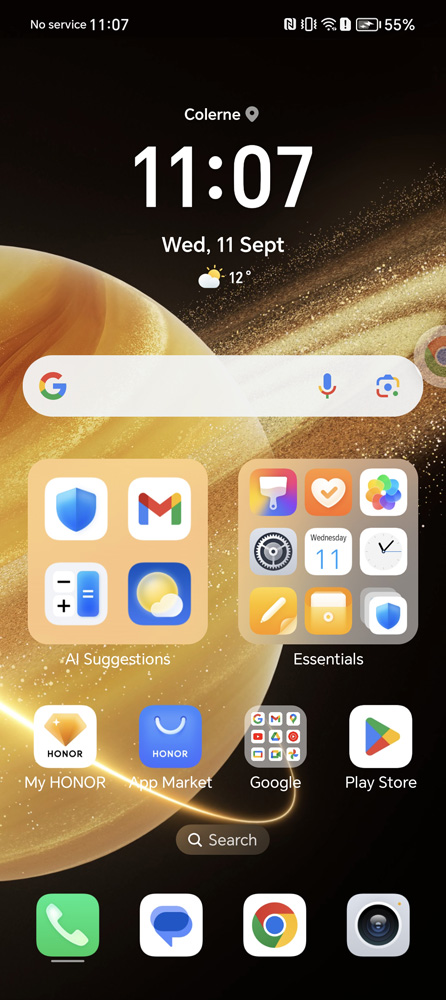
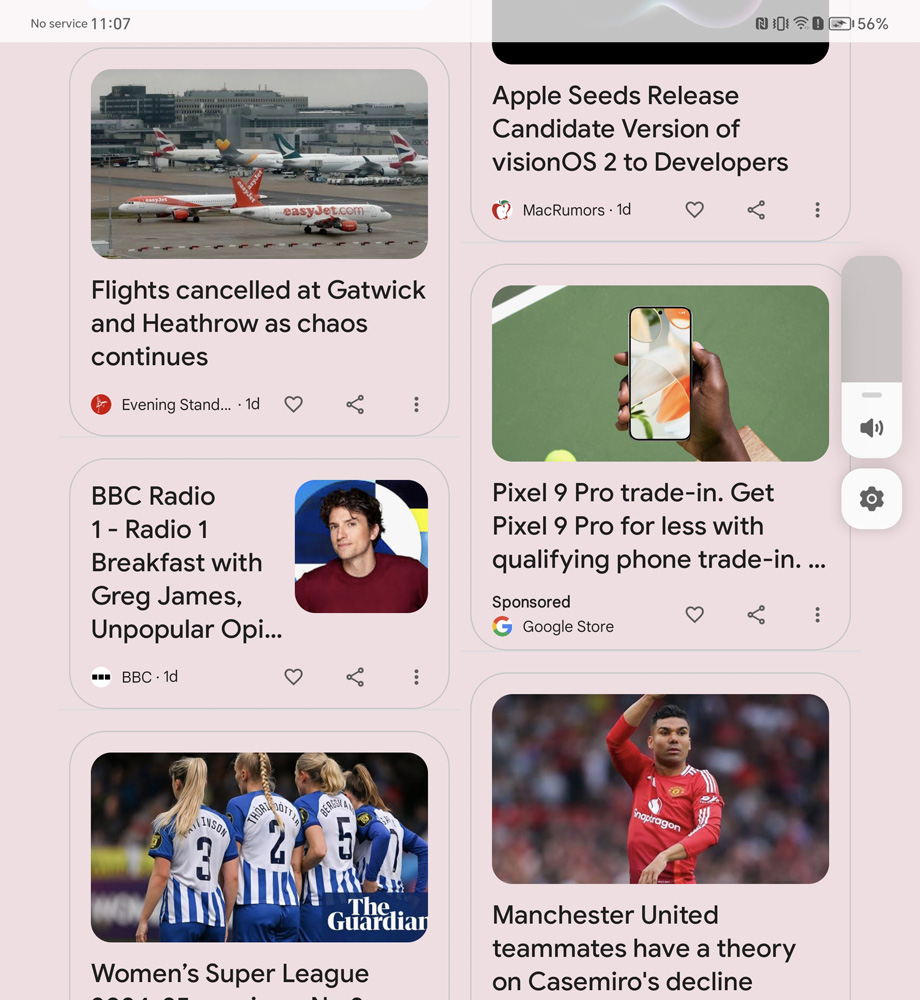
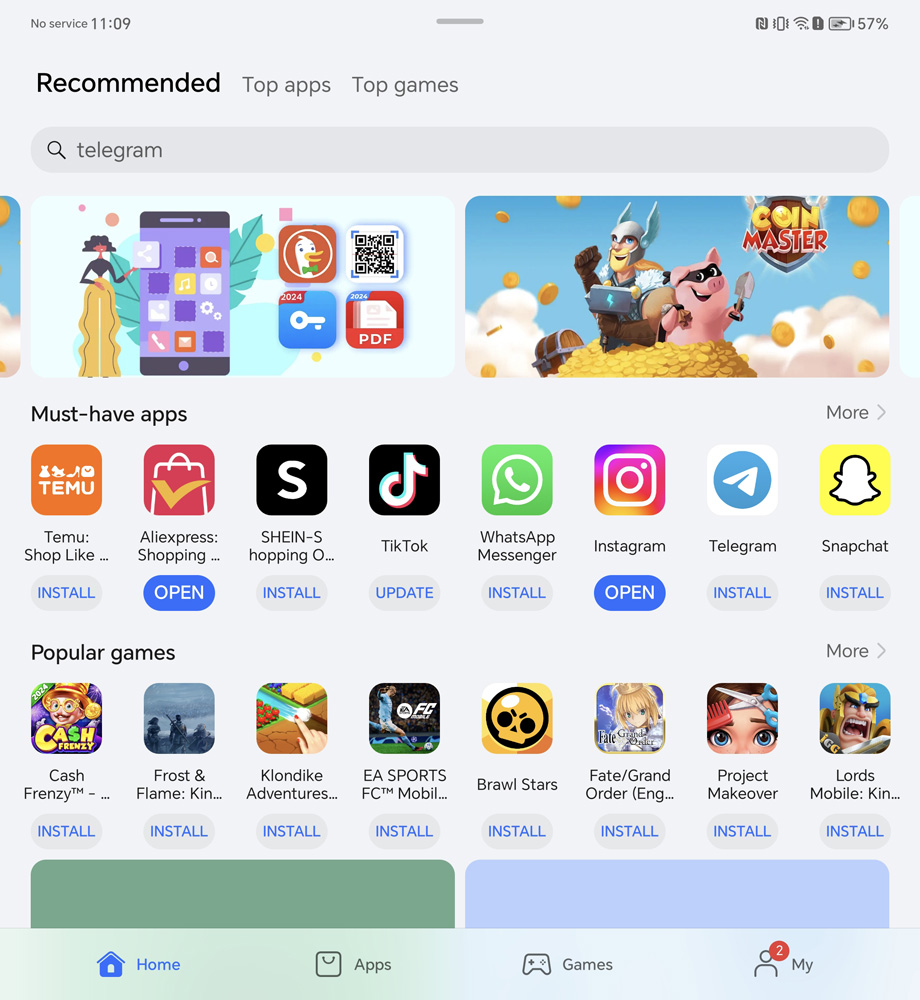
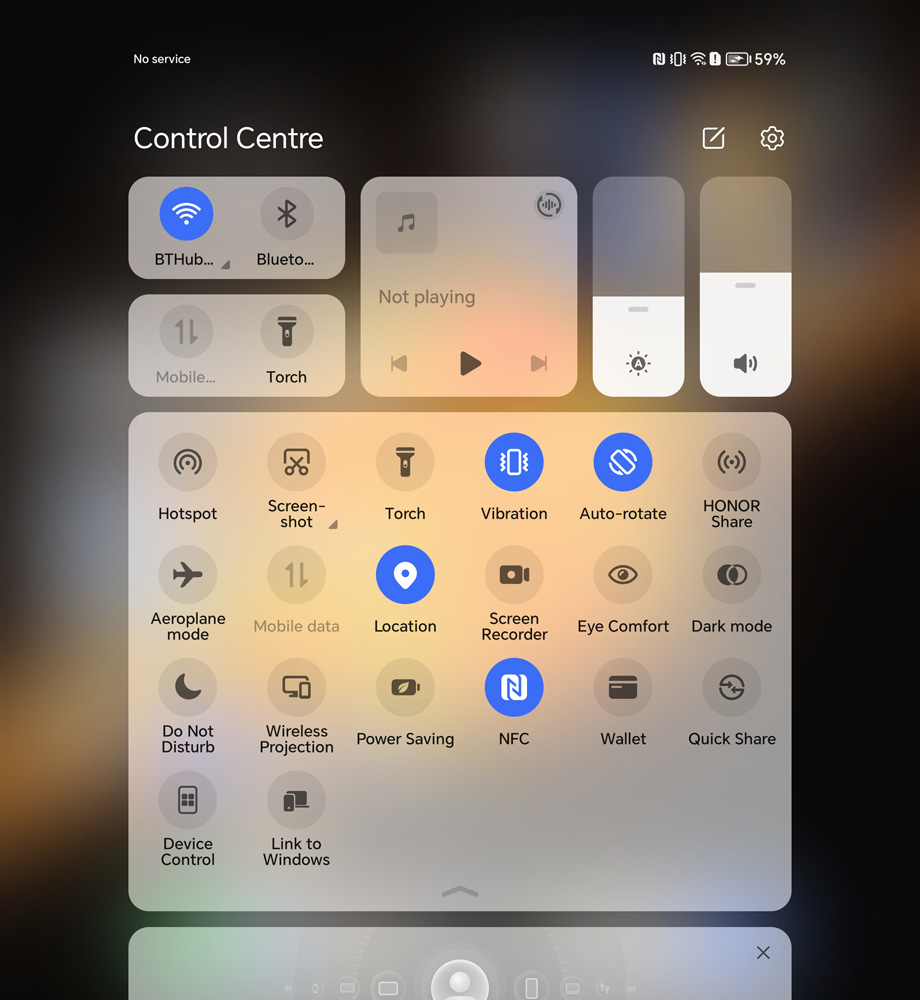
As you’d expect Android 14 is running the show with Honor’s Magic OS 8.0.1 on top. It’s a fairly standard implementation of Android with some extra bells and whistles, but it lacks a little bit of polish of other software like Samsung’s One UI.
That said, MagicOS is fine in general use once you get past the handful of unnecessary sponsored apps, but crucially it needs more work for the large screen format.
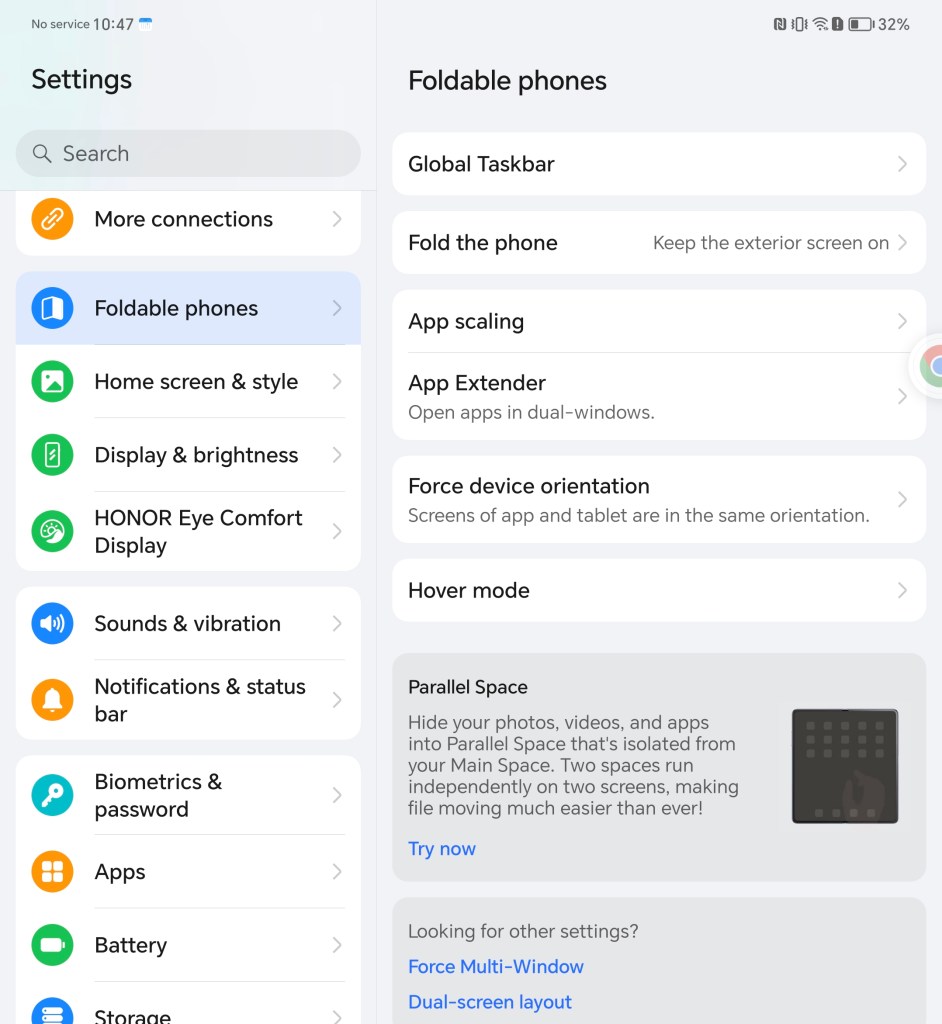
OnePlus’ OpenCanvas is our favourite here as you can have three apps on display at the same time. In MagicOS 8, you can have two apps side-by-side or an app overlaid on top of another.
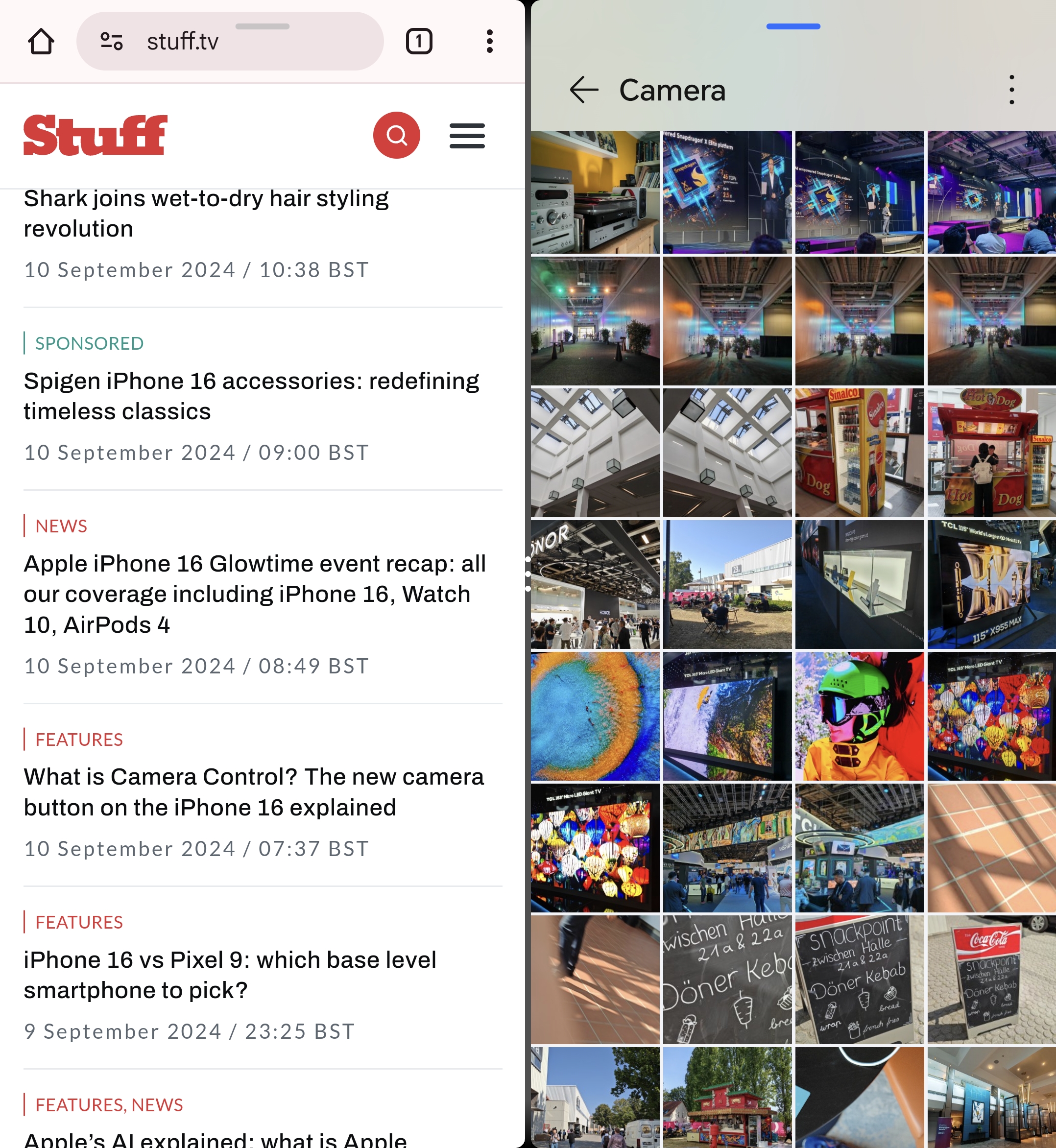
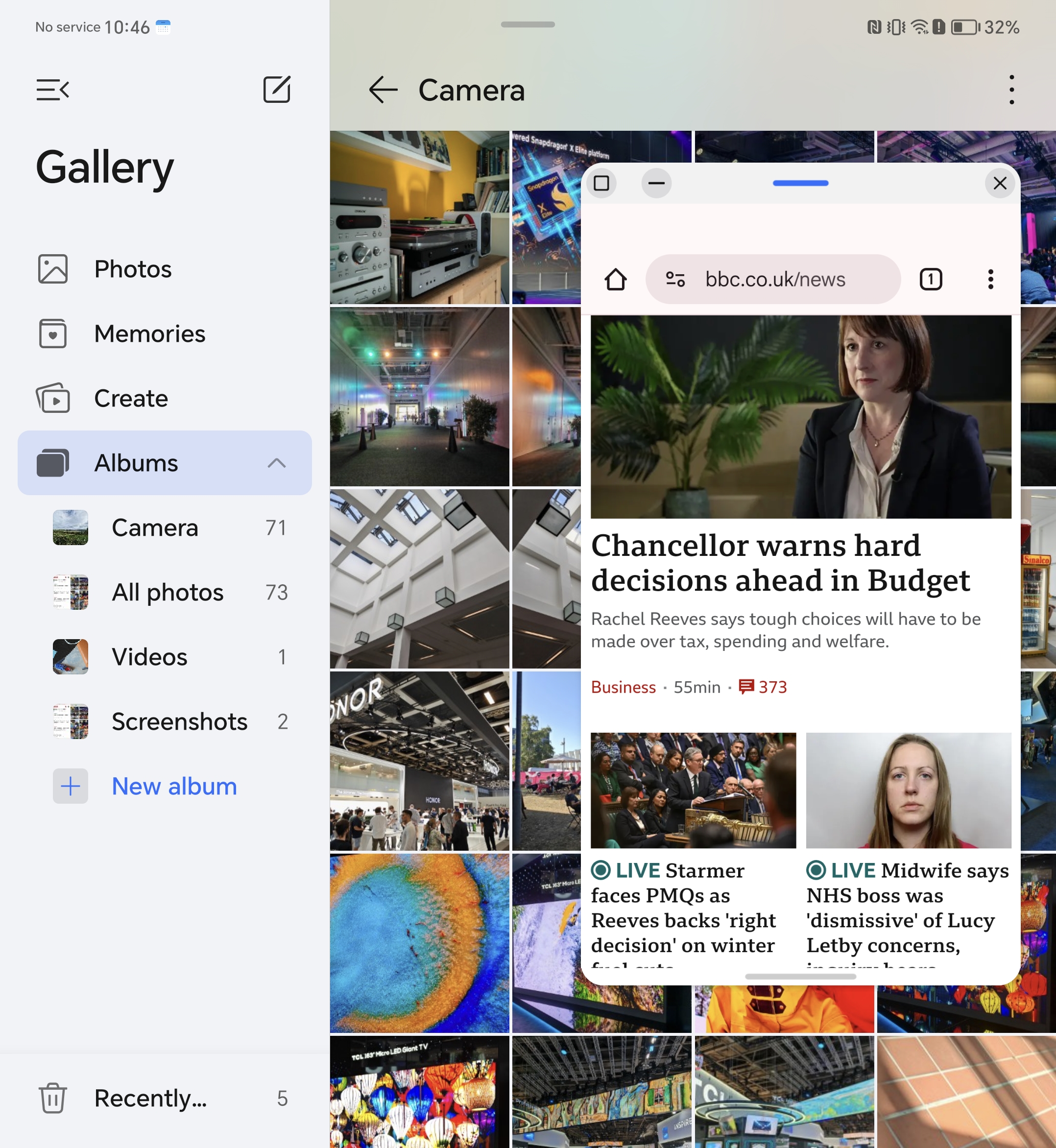
The Magic V3 includes the AI-enhanced MagicOS features I saw with the Honor Magic 6 Pro. There’s Magic Portal which gives you context-sensitive actions, translation tools and camera features such as AI Eraser, AI Motion Sensing for fast shots and portrait mode enhancement. Magic Portal is OK, but again it needs more work – it doesn’t work universally and is something that Honor needs to improve. So again it’s the same story with Honor; MagicOS needs more work to keep up with the best as it’s still behind at present.
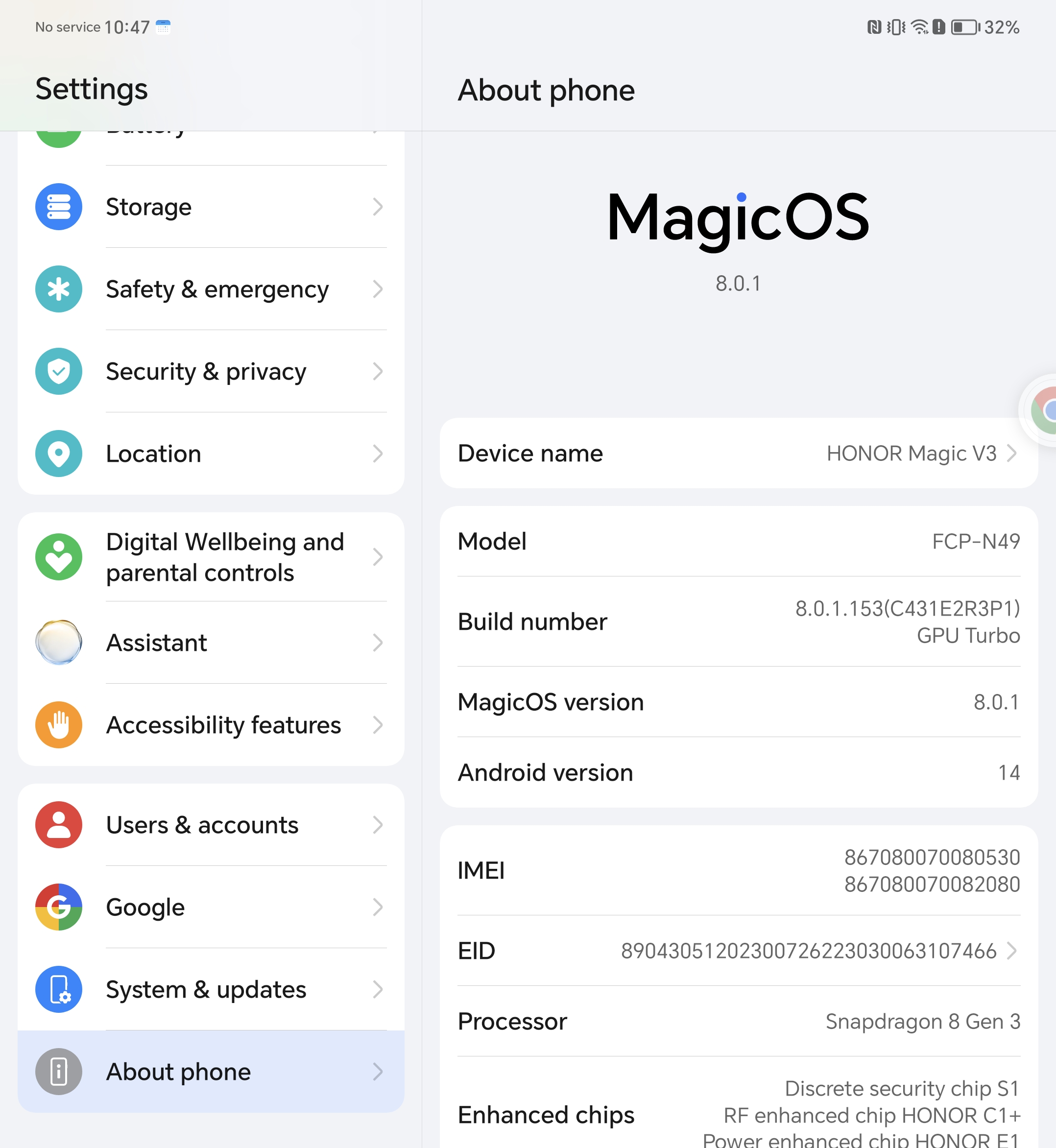
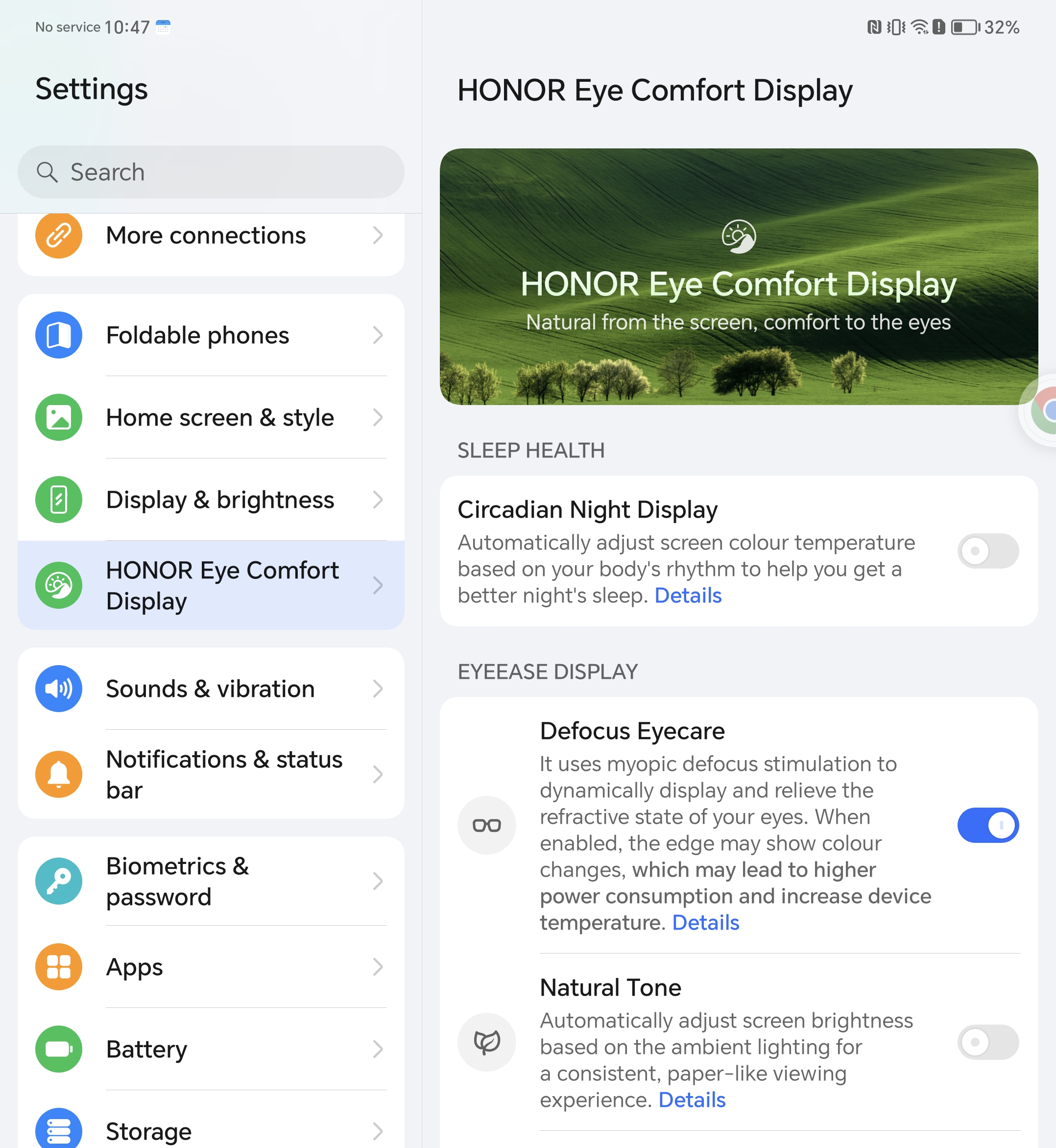
Honor Magic V3 verdict
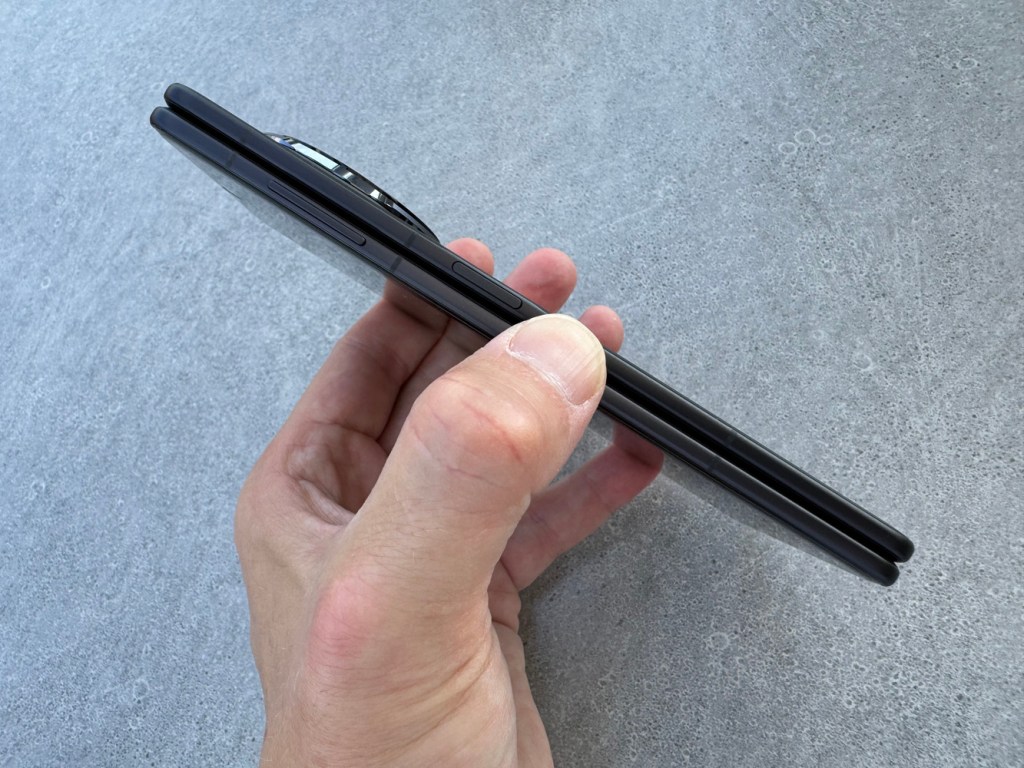
Honor’s Magic V3 is undoubtedly a premium foldable phone and the super thin design means it has to be considered up there with the very best. It’s also very well priced, though cuts to other phones in the market mean you’ll need to make a conscious decision to choose it versus what else is around.
I wasn’t expecting such a step up from the Magic V2 though – and that’s the real bonus, Honor has clearly decided it needs to try and outpace the competition, though it does need to do more to improve the multitasking in MagicOS. But the real achievement of the Honor Magic V3 is that it makes having a foldable phone feel very normal. And that combo of weight and the option of folding it out for a bigger view is just sublime.
NB at the time of writing, Honor is offering a £300 discount on the phone, meaning it’s very well-priced indeed.
Stuff Says…
A foldable phone that makes owning a foldable phone feel normal – the Honor Magic V3 is a superb-feeling, foldable that’s almost unbelivably thin for what it does. And the rest of the hardware is top notch, too. However, MagicOS still needs some work.
Pros
Superb design and lightweight build
Great all-day battery life
Decent set of cameras
Cons
It’s still expensive compared to standard flagships
MagicPortal still needs work
Multitasking not as good as OnePlus
Honor Magic V3 technical specifications
Screens | 7.92in 2156 x 2344, 1-120Hz AMOLED (inner) 6.43in, 1060 x 2376, 1-120Hz OLED (outer) |
| CPU | Qualcomm Snapdragon 8 Gen 3 |
| Memory | 16GB RAM |
| Cameras | 50+50+40MP rear, 20+20MP front |
| Storage | 256/512GB/1TB |
| OS | Android 14 w/ MagicOS 8 |
| Battery | 5150mAh w/ 66W wired charging |
| Dimensions | 157 x 145 x 4.4mm (unfolded) 157 x 74 x 9.2mm (folded) 226g |


